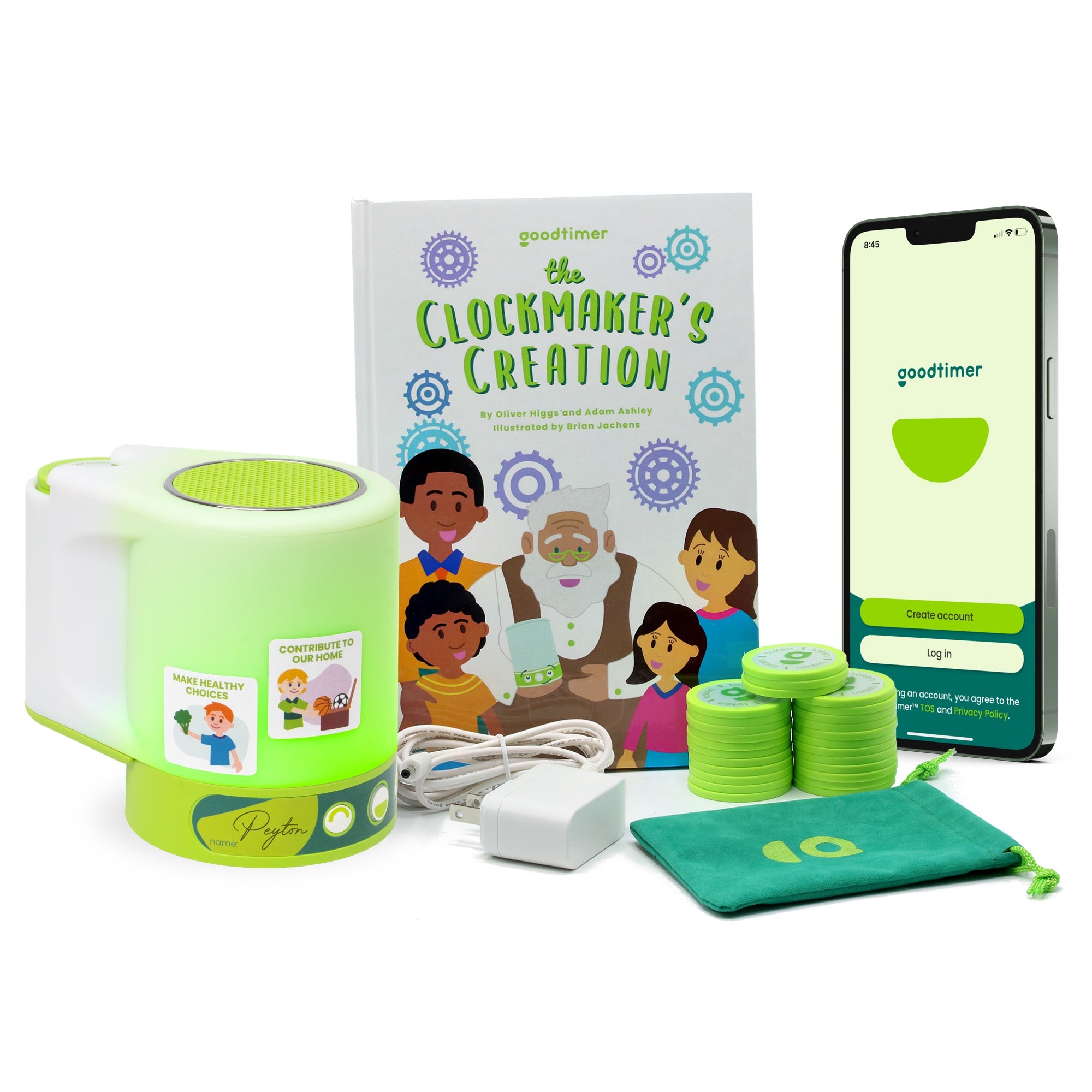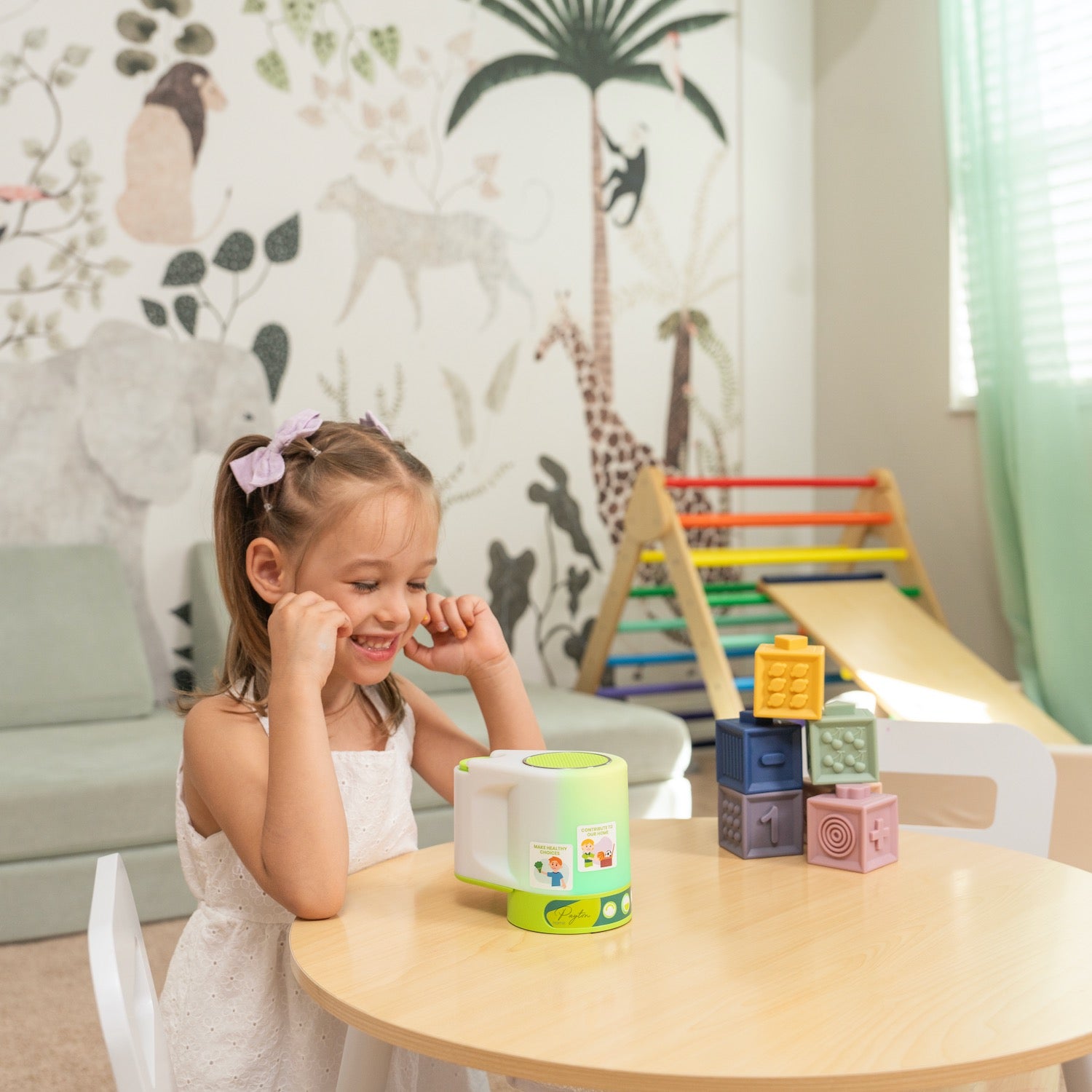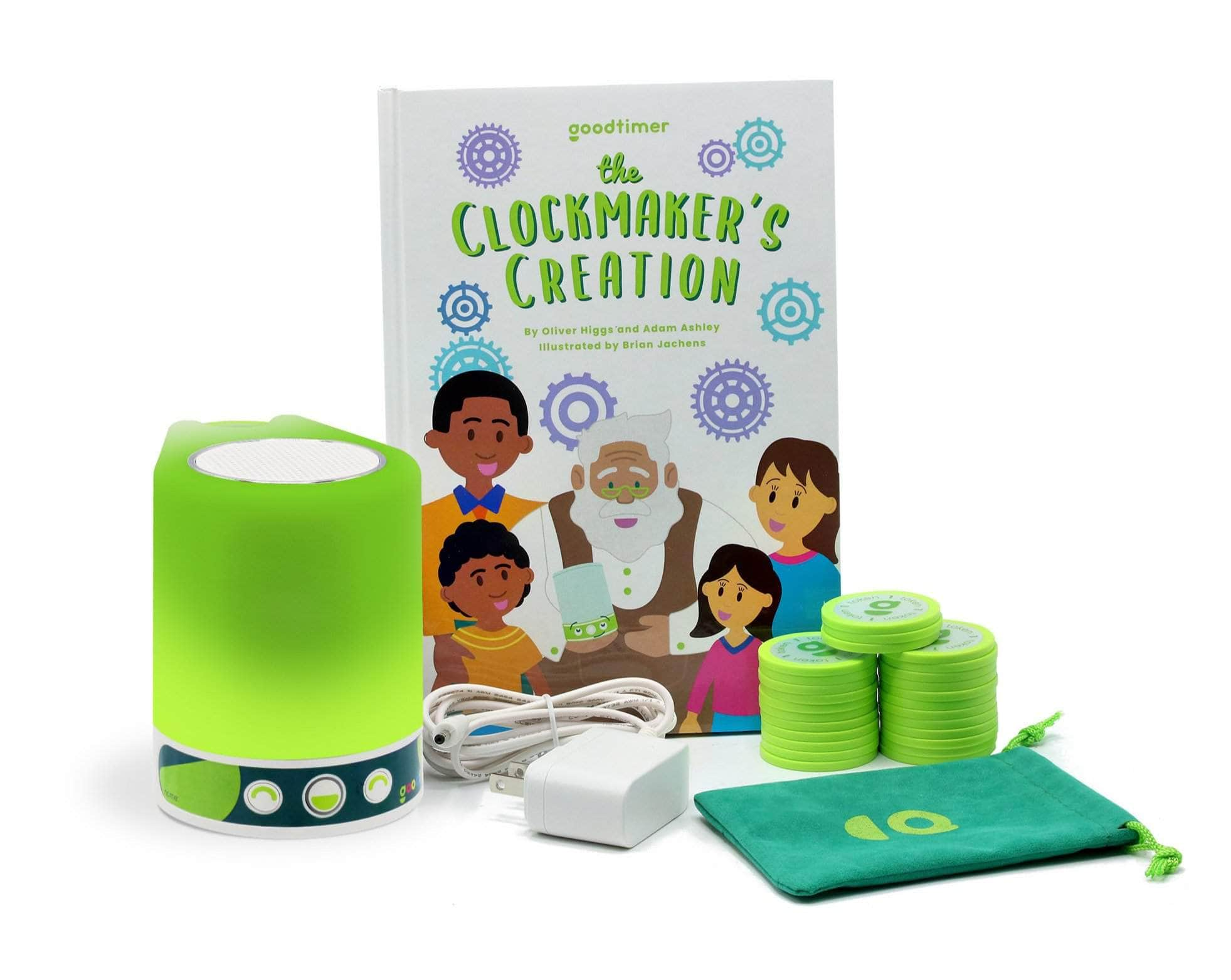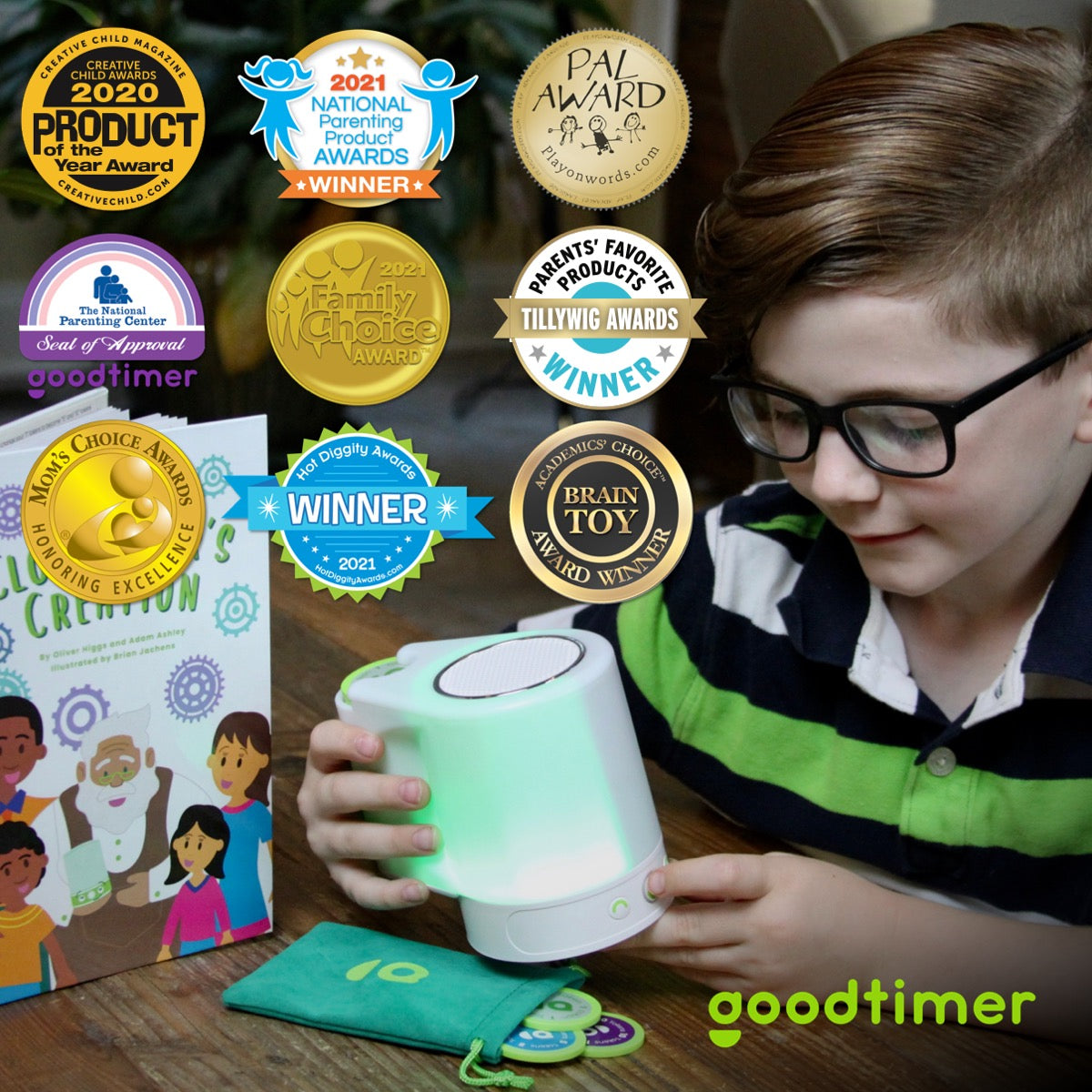Written by Julie Tripp and Ali Kresch Levine, PsyD
Siblings fight.
If you have more than one kid, chances are you have witnessed them running into conflicts with each other. As upsetting as this can be, it does make sense if you think about it: they have to share the same parents, space, attention, toys, etc. - of course they get on each other’s nerves! That said, there is a difference between disagreements between siblings and fighting between siblings. Disagreements can yield productive communication, however fights run the risk of being dangerous as disagreements escalate to a place of verbal or physical aggression. While these aggressive incidents are distressing for parents and can, in certain circumstances, imply risk for lasting consequences, these moments can also be opportunities to teach emotion regulation and conflict resolution skills while your children form their separate and individual identities.
Some Facts on Children and Fighting:
- Kids do not have “power” in many areas of their lives, and often they pick fights with loved ones in response to this feeling of helplessness by trying to feel more powerful.
- Fighting tends to be more of an issue if siblings are close in age (look out, twins!).
- If one or more of your kids tends to experience intense emotions, and can take longer-than-average to return to a calm “baseline” after an upsetting incident, it may be more challenging for you to prevent, manage, and help them recover from fights…it is possible, though!
- Your children’s natural temperaments impact the way they negotiate conflict, prompting them to react in a variety of ways from being able to shake things off easily to lashing out or finding it difficult to calm down.
- Fights are worse if one or more of your kids is tired or hungry.
Preventing sibling fights during calm moments:
In moments of calm, you can set yourself and your kids up for success by modeling calm navigation through conflict, demonstrating active listening, and appropriately communicating when you need a break (e.g., “mommy’s body does not feel calm right now, and so I am going to go for a walk before we talk about this). Also keep in mind that your child models the behavior they see in the media they consume. As much as possible, pay attention to what your kids are watching and the games they are playing to understand whether you need to adjust parental controls to limit their exposure to violence.
Also in moments of calm, give your children tools to find their calm. Practice naming their emotions with them, and guessing about their sibling’s emotions. Naming one’s own emotions is the first step toward emotion regulation while naming another’s emotion is the first step toward empathy. Teach breathing practices like, “smell the flowers and blow out the candles.” Help them find a cozy calm-down space. Lastly, of course, remind them that you’re there for a squeeze or snuggle as needed.
Understanding the underlying causes of fights such as kids being bored, seeking attention, or feeling jealous of their sibling(s) can inform ways you can try to prevent sibling fights during moments of calm. Do your best to understand the root of your individual children’s triggers. If you can pinpoint the underlying cause, you have the power to work with your child to set goals for themselves while aligning these goals with yours (e.g., if their goal is to share more, perhaps your goal is to reinforce cooperation).
Once triggers and goals have been articulated, the family has already started to conceptualize the fighting as a separate entity they can tackle together as opposed to there being something wrong with the instigator. When everyone is calm, work together to create a Goodtimer incentive that truly appeals to your individual child. Ask your children to encourage each other in meeting their individual goals. Try to assess if there’s more conflict in certain environments/settings, like the park versus the grocery store, and plan ahead with special rules, exciting tasks, or even separation to get ahead of arguments
Use Goodtimer’s positive reinforcement glow to reward and reinforce collaboration and teamwork between siblings. When siblings work together on tasks or activities without fighting, acknowledge their growth and cooperation! Remind them of how they’re not only getting closer to their goals (and incentives), but they’re building a meaningful bond with one another. Verbal praise can be powerful with comments like, “You two are playing so well together!” or, “I noticed some great sharing, and you should be proud of yourself.”
Again, because this is a collaborative problem to solve, encourage your kids to join in on the praise, by asking your children to tell you about their sibling’s positive behaviors—an anti-tattle! This tactic allows your children to earn even more praise while also reinforcing good behavior.
As a bonus method in preventing fights, you can encourage your kids to find more chances to collaborate and play. Here are some team-based activities to help siblings get along:
- Create a scavenger hunt for them to do together.
- Suggest they build a fort - no parents allowed!
- Suggest they put on a play using dolls/puppets.
- Encourage physical games like “floor is lava” and “freeze dance.”
Using Goodtimer to break up sibling fights:
- BREATHE, and remind yourself there is nothing wrong with you or your child
- Decide if it is safe for you to distance yourself from the situation and give your kids a chance to negotiate conflict independently.
- If that is not safe, put on your “conflict resolution coach” hat. If emotions are raging (yours included), remind kids that it’s hard to solve problems when emotions are on high and perhaps you all need a break before working this out. Use this time to reset your own emotions, and be encouraged that you are guiding them through an important process of developing essential tools to support their adult relationships.
- Ask either one or both of the children fighting to flip their respective Goodtimer(s)
- Encourage them to calm down, and as needed, help them do so by leading a breathing exercise or taking a walk with them outside.
- Help them articulate the source of the conflict and help them brainstorm solutions if the conflict is still relevant.
- Try to let them work it out as independently as possible. Reinforce them when they do!
- Be consistent in using Goodtimer to reinforce positive behaviors as consistency and simple routines help establish a connection between positive actions and earning incentives. In time, this will motivate siblings to coexist and play happily together.
- On your downtime, keep learning via resources such as "The Happy Families Podcast" by Dr. Justin Coulson.










Leave a comment